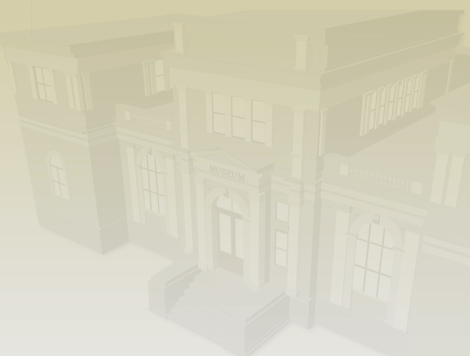 |
| Figure1: |
The Museum complex |
| |
Modeling:
Inspired by previously created models of Virtual Sarajevo [5] we have decided to go in the same direction. This year we have chosen Alias Maya 7.0 software for 3D modelling of the Museum. From the very beginning our idea was to explore the complete process of 3D modelling in Maya and exporting created models to VRML (Virtual Reality Modelling Language).
The first step of this project was to visit the Museum and get all materials we needed, such as photos of various parts of the Museum complex, ground-plan and measurements. We have created 3D model (Figure 1) using techniques of polygonal and nurbs modelling. Using primitive objects (box, sphere, cylinder, cone, plane etc.) and combining them together, we have managed to create a complex model consisting of several thousands of objects (figure 1). We have created the basic objects of one building, duplicated them, modified and used for other symmetric parts of the Museum (figure 2.). We tried to use precise measurements so model could be as realistic as possible.
Unlike previous generations which used attached digital photos as materials we wanted to create our own materials using Maya’s basic materials, blinn and lambert, modifying them for our purpose and use digital photos only there where it was really hard to make the substitute material. Complexity and details of our model affected the size of maya binary file (.mb), making it too large for exporting to VRML, thus it will need some optimization. We also made a model of the Main Hall and Botanical Garden as we wanted the viewers to get
the complete impression of the whole museum ambience (figure 4.)
Model Photo Galleries |



